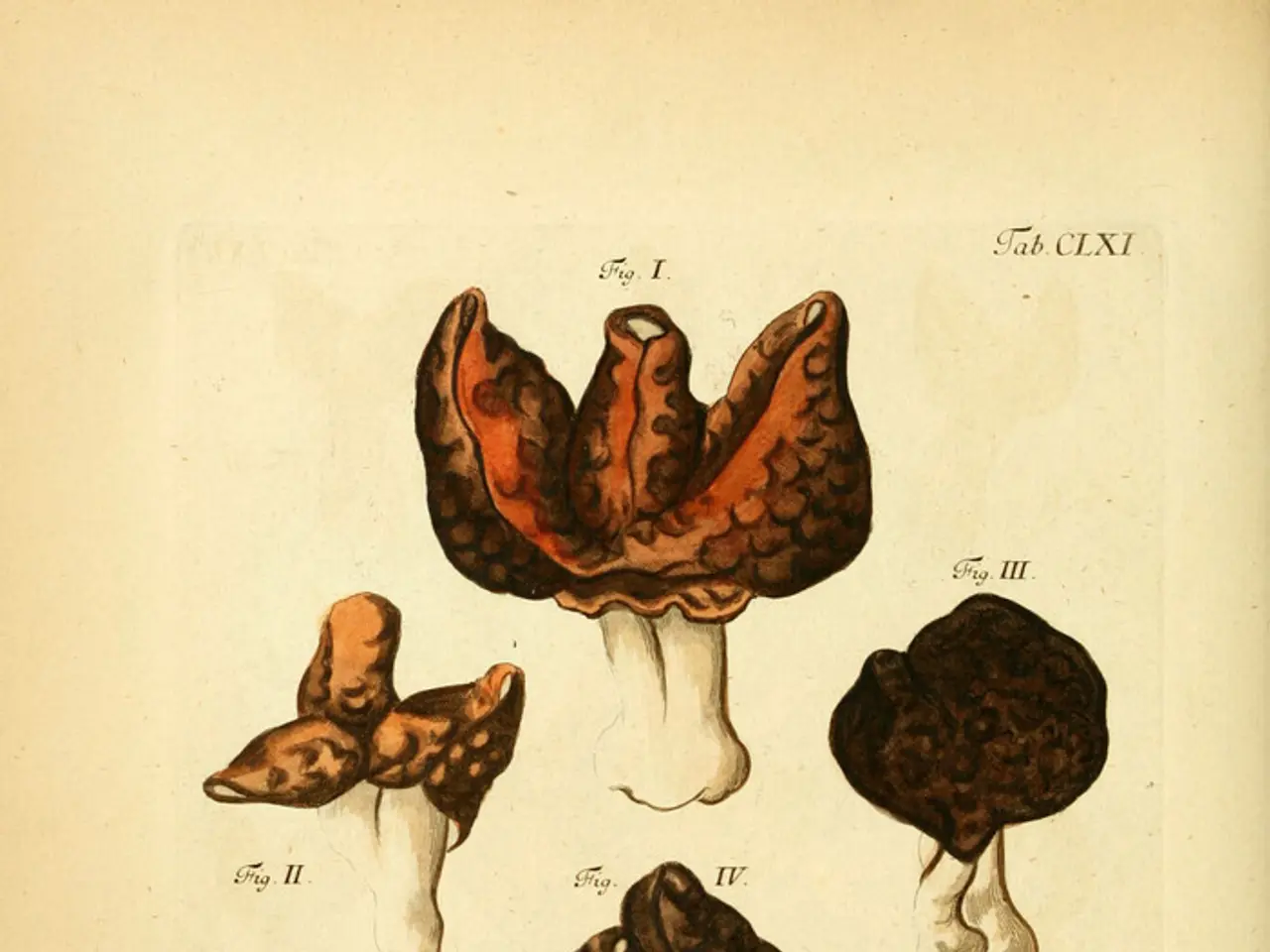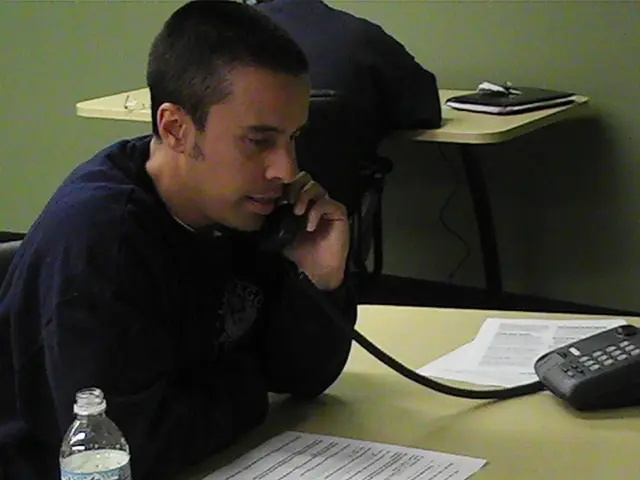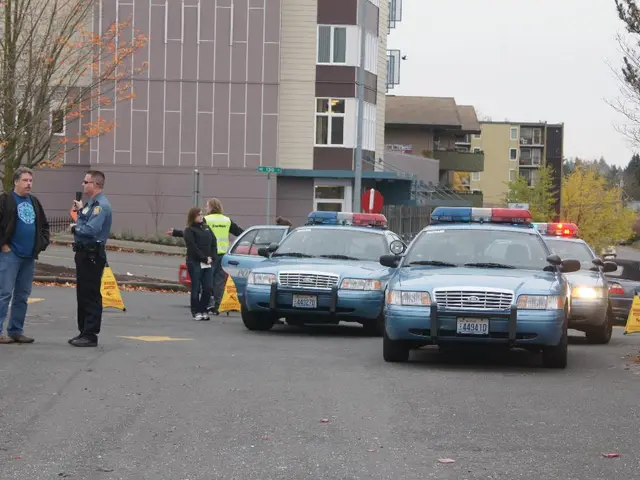Tips for Safely Gathering Wild Mushrooms in Germany
Mushroom foraging can be an exciting adventure, but it's essential to approach it with caution. Here are some key facts to keep in mind when venturing into the mushroom patch.
Firstly, only eat mushrooms that you can confidently identify. Relying on mushroom books, online apps, or even identification via an app can be risky, as many non-toxic mushrooms can be mistaken for poisonous ones. For instance, death caps can be mixed up with champignons and russulas, morels with spring (or false) morels, panther caps resembling pearl mushrooms, and poisonous mushrooms being mistaken for field mushrooms.
Experts at the Federal Institute for Risk Assessment (BfR) advise never to rely solely on identification via an app. In Germany, the best organizations responsible for identifying poisonous mushrooms during mushroom picking are local certified mushroom experts ("Pilzsachverständige"), often organized regionally, and the Deutsche Leberstiftung, which advises on safe mushroom picking and encourages guided mushroom excursions with experts to avoid poisonings.
When it comes to safety indicators, discoloration of a silver spoon when cooked with mushrooms is not a reliable safety indicator. Similarly, signs that animals have eaten mushrooms are not reliable safety indicators either.
If you suspect mushroom poisoning, it's crucial to act quickly. See a doctor or call the poison hotline right away and save remnants of the mushrooms, the meal, or any vomit to help with identification. Never drink milk or take charcoal tablets for diarrhea when dealing with suspected mushroom poisoning, as milk can actually help toxins to be absorbed.
Some suspected mushroom poisonings are actually from spoiled mushrooms, either because the fungi were too old or weren't stored correctly. To ensure freshness, collectors should use airy bags or baskets so that the mushrooms can breathe and avoid picking mushrooms that are too old, worm-eaten, or too small.
Cultivated mushrooms, porcini, and a few others are safe when raw. However, always cook mushroom dishes for at least 15 minutes to ensure safety. In Germany, mushrooms can only be picked for personal use. By law, protected species like porcini, birch mushrooms, red caps, chanterelles, and all morels may only be collected in "small quantities" per person. The allowed amount depends on the region, and breaking the rules can result in heavy fines.
It's estimated that death caps cause about 90 percent of all deadly mushroom poisonings in Germany. These mushrooms grow from July to October in deciduous forests and parks. About five percent of poisonings come from the death cap. Only a few tubular mushrooms with a sponge under their caps are poisonous, and none are deadly.
In conclusion, mushroom foraging can be a rewarding experience, but it's crucial to approach it with caution. Always be sure of your identification, ensure freshness, and cook mushrooms thoroughly before consumption. If you suspect poisoning, seek immediate medical attention and save any remaining mushrooms for identification.
Read also:
- Understanding Hemorrhagic Gastroenteritis: Key Facts
- Stopping Osteoporosis Treatment: Timeline Considerations
- Tobacco industry's suggested changes on a legislative modification are disregarded by health journalists
- Expanded Community Health Involvement by CK Birla Hospitals, Jaipur, Maintained Through Consistent Outreach Programs Across Rajasthan








